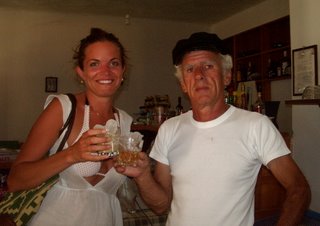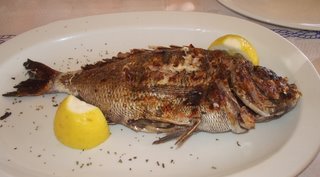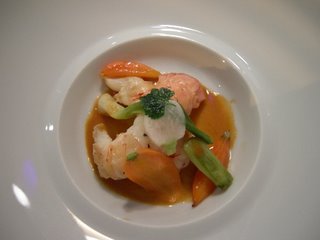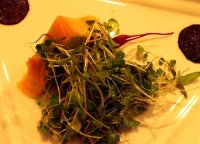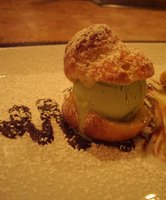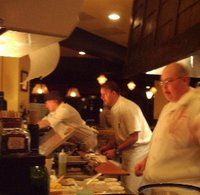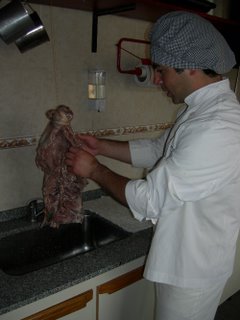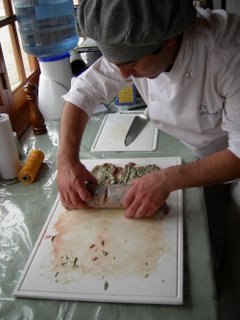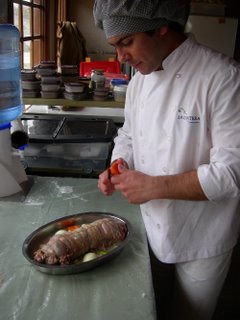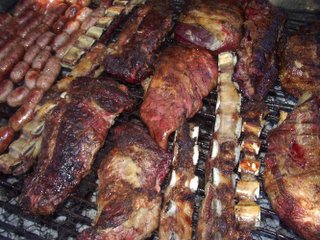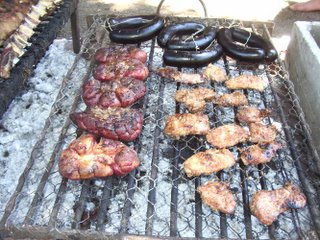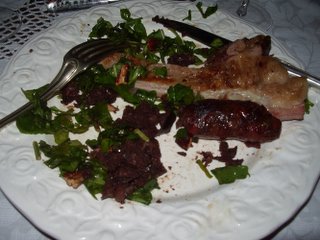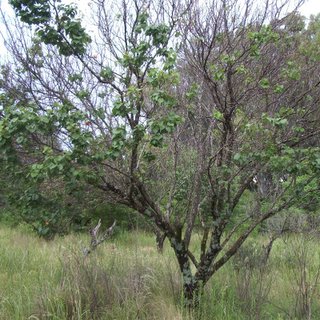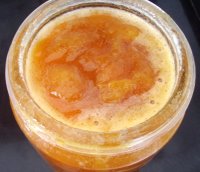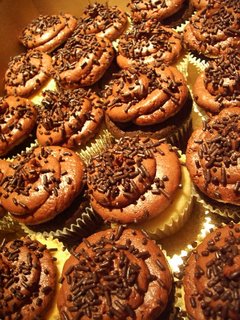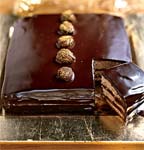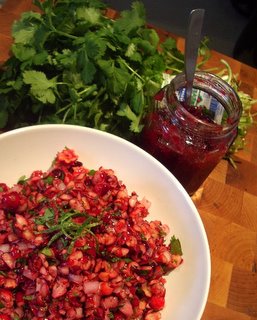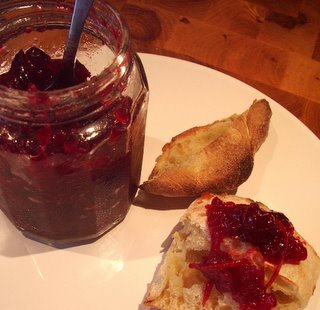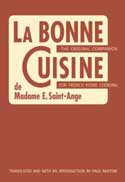
I was down in Argentina for Christmas again and this time, enstead of exploring the southern region, I went west, to the wine country with my intrepid and very wine loving dad. We left Cordoba with a vague sense of where we were headed. We had been told the drive was anywhere from 6 to 9 hours and we had an odd assortment of maps and route suggestions from various friends. After numerous wrong turns, a few baffeling, yet uneventful police checkpoint interviews, and some spectacular scenerey, we made it to the outskirts of Mendoza with the Andes and Chile looming ahead of us, and Mac trucks menacingly encroaching from every side. After a few more of Dad's spontaneous detours (wrong turns) we maneuvered in to the city and pulled up at the beautiful Park Hyatt Hotel, situated on one of the most beautiful of Mendoza's numerous public squares.
The city is a beautiful, tree lined oasis with scores of squares and parks to wander through, shops to explore and outdoor cafes to relax in while enjoying an espresso and watching the Mendozians amble by. It's also a veritable Bachanalian delight with wine tastings, as well as food and wine pairings, offered by nearly every restaurant, hotel, bodega (wine bar) and hole-in-the-wall around.
A little FYI about the region's most celebrated wine, Malbec. A medium to bold bodied red, originally from the Bordeaux region of France, Malbecs were always overshadowed by other grapes of the region. It wasn't until recently, when the grapes were brought to Mendoza's rich, sun-drenched climate, that the grapes began to flourish. Currently, Malbecs are garnering international acclaim among wine lovers and creting a new interest in this remote region of Argentina.
The Park Hyatt Hotel is a great, luxurious place to stay and perfectly situated to explore the city. The rooms are comfortable and the patio/restaurant offers up some great people watching. There's a slightly tacky casino downstairs that we managed to avoid (www.mendoza.park.hyatt.com) My favorite restaurant, Asafran (Spanish for sassafran) (tel. 261.429.4200) is also right up the street. It was recommended by a local shop girl and she nailed it -- authentic, gourmet cuisine in a beautiful wine shop/restaurant. The salads and platters of cured meats, cheeses and olives are not only delicious, but beautiful. You can also purchase local jams, spreads and various delicacies to take home with you (and picnic with the next day in the middle of a vineyard.) We sat outside in the balmy night air, savouring every bite, as well as some delicious Malbecs, until well past midnight.


Venturing out of the city, you can take tours of most of the regions vineyards, but I really recommend making reservations if you go. Each winery has a gate with an ever present official-looking-guard-with-clipboard guy. He'll ask your name and if it's not on the list, you'll have to sweet talk your way in which will involve walkie talkie conversations with mysterious people within the vineyard and lots of name spelling. It's kind of amusing at first, especially with my dad who unwittingly or not tends to bring out the comical in any situation, but it gets old quickly - especially if you're thirsty! The Catena Zapata, Chandon, Norton and Weinert were some of my favorite vineyards to tour and taste in and all are within an hour's drive from Mendoza.
The last place we stayed was really a treat. Cavas Wine Lodge (www.cavaswinelodge.com) is the area's new Relais and Chateau associated 14 bungalow hotel and spa. Surrounded by 35 acres of vineyards, each privates suite has its own swimming pool, terrace and roof top fire place with magnificent views of the vineyards and mountains. You can borrow bicycles and ride them around the property by day and indulge in the four star restaurant by night. The food and the setting are superb and they will even set up dinner on your roof around the fire place and under the stars. They practically had to pry me out of this place!
The wine lists at all of these places are amazing, and the servers are always happy to describe the nuances of different Malbecs. If you're feeling contrarian, a little crazy or just in the mood for a white (or just prefer white) you can go with a Torrontes, a distinct, bold dry local white wine. It makes a great aperitif too.
I'm not posting any recipes on this entry, just some photos to inspire some pretty cheese and cured meat plates, as well as hopefully some inspiration to travel to Mendozza, or at least to go to the wine store and buy a bottle or two of Malbec to open tonight!


